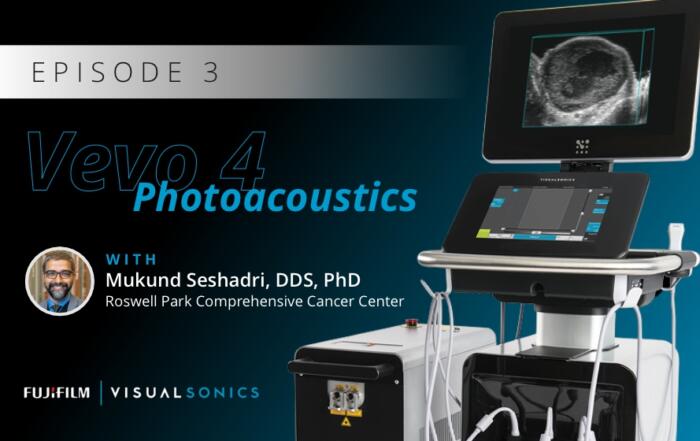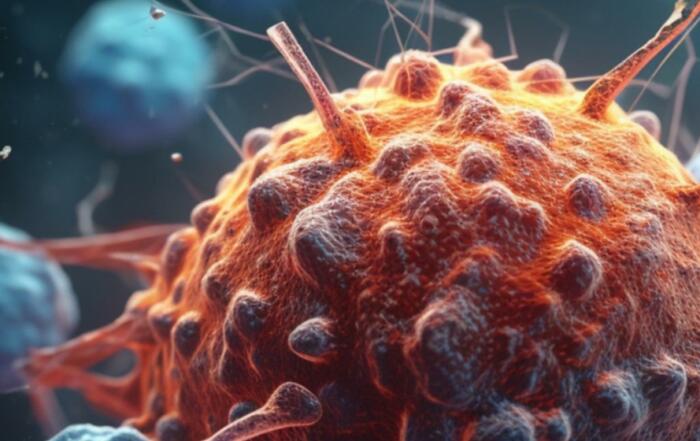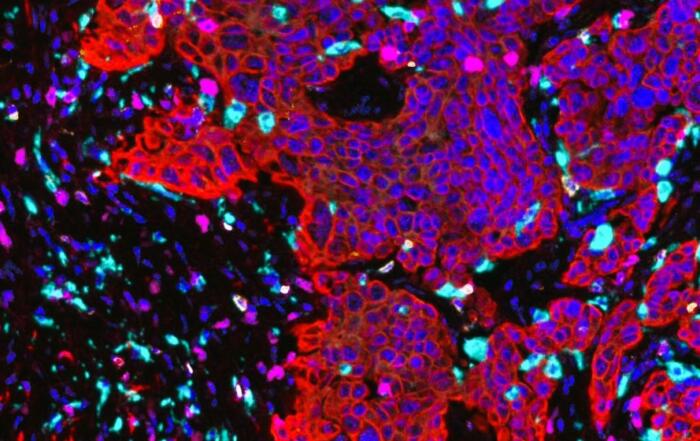Join Dr. Srivalleesha Mallidi as she discusses advances in pancreatic cancer therapies using ultrasound-guided photoacoustic imaging.
Pancreatic cancer is a disease with an incredibly poor survival rate. As only about 20% of patients are eligible for surgical resection, neoadjuvant treatments that can relieve symptoms and shrink tumors for surgical resection become critical. Many forms of treatments rely on increased vulnerability of cancerous cells, but tumors or regions within the tumors that may be hypoxic could be drug resistant. Particularly for neoadjuvant therapies such as the tyrosine kinase inhibitors utilized to shrink tumors, it is critical to monitor changes in vascular function and hypoxia to predict treatment efficacy.
Current clinical imaging modalities used to obtain structural and functional information regarding hypoxia or oxygen saturation (StO2) do not provide sufficient depth penetration or require the use of exogenous contrast agents. In the second episode of the Vevo 4 Oncology Web Series, Dr. Mallidi will discuss the use of ultrasound-guided photoacoustic imaging (US-PAI), which has recently garnered significant popularity as it can noninvasively provide multiparametric information on tumor vasculature and function without the need for contrast agents.
Key Topics Include:
- Demonstrate the importance of changes in StO2 values to predict treatment response, particularly tumor growth rate, when the outcomes are suboptimal in treatments such as photodynamic therapy and tyrosine kinase inhibitor cabozantinib
- Utilize the US-PAI data to develop a multivariate regression model that demonstrates that a therapy-induced reduction in tumor growth rate
- Showcase the utility of photoacoustic surrogate markers for treatment design
Presenters
Assistant Professor
Biomedical Engineering
Tufts University







